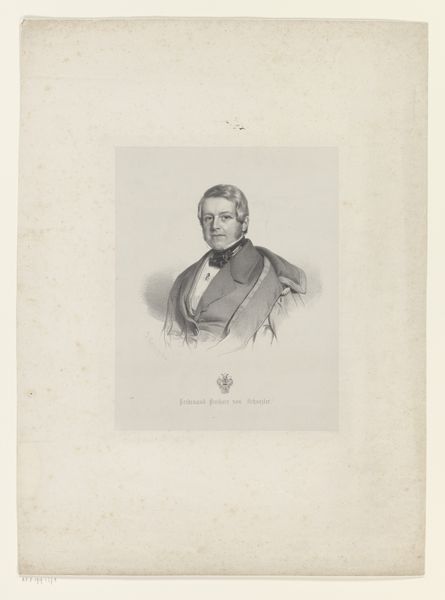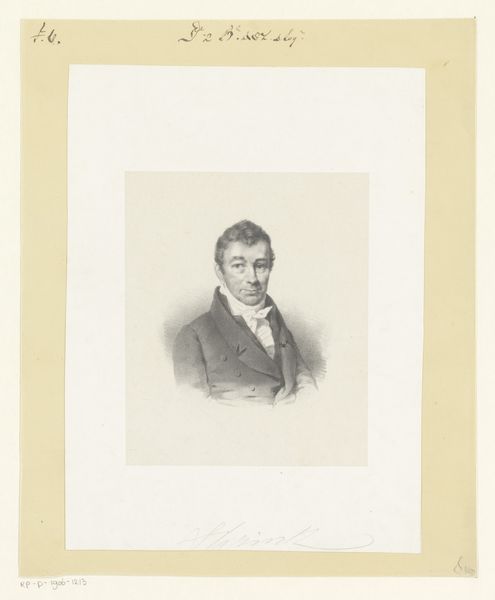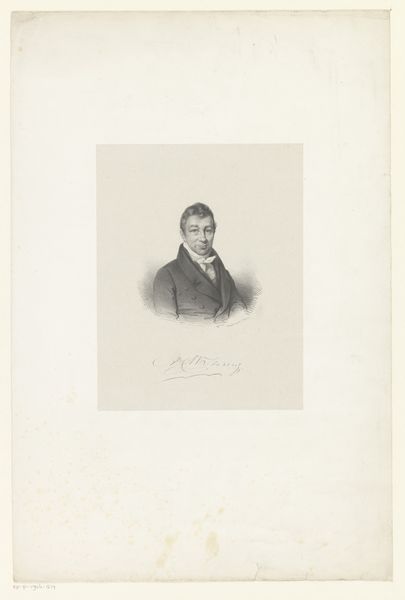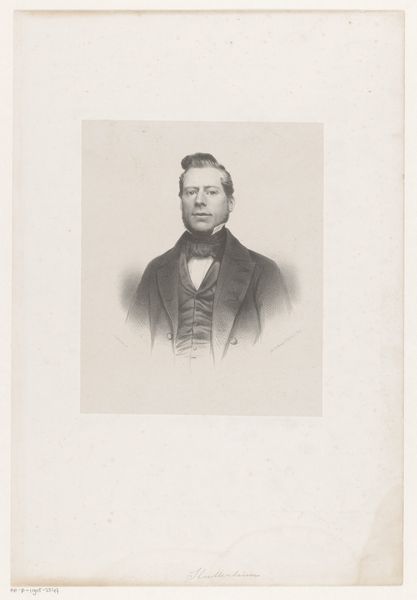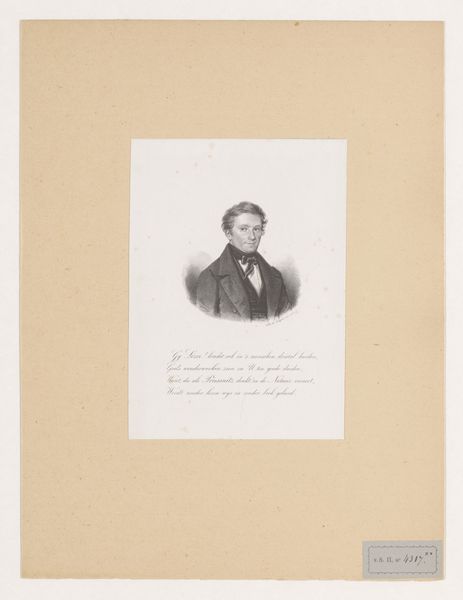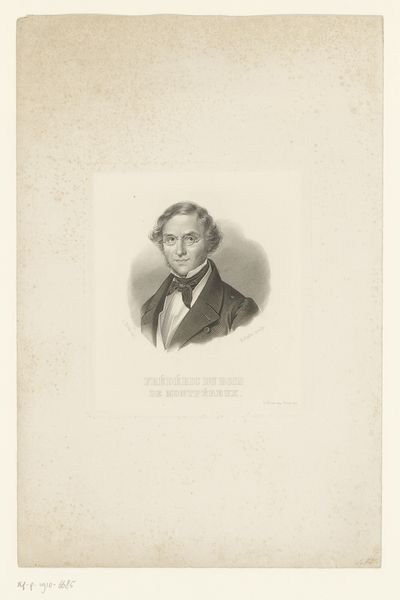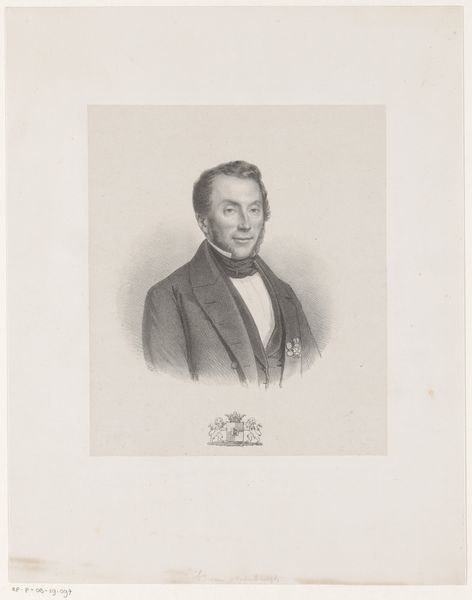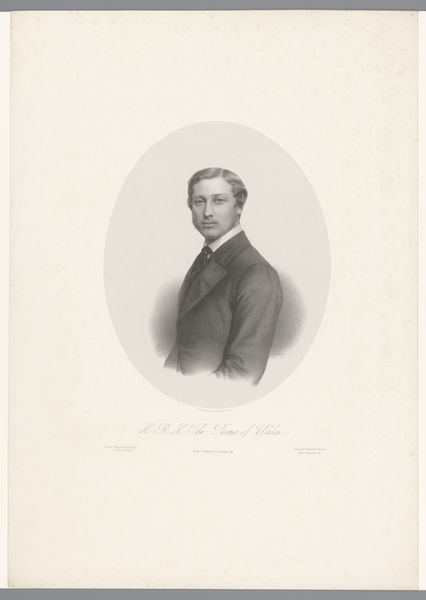
print, engraving
#
portrait
# print
#
engraving
#
realism
Dimensions: height 540 mm, width 357 mm
Copyright: Rijks Museum: Open Domain
Matthijs Willem Gerardus Michielsen made this portrait of Jacob Isaac Doedes using lithography. In nineteenth-century Netherlands, portraits like this one, often commissioned by institutions, served a specific public role. Likenesses of prominent figures, like Doedes, a well-known theologian, reinforced existing social hierarchies. The visual codes are clear: the subject's respectable attire, composed demeanor, and the meticulous detail all contribute to an image of authority and respectability. Consider the institutional context, as well. The portrait wasn't just a personal memento but a public statement, displayed perhaps in a university or church setting. The image creates meaning through cultural references and historical associations. It's a conservative image, reinforcing established social norms and the power of the church. Understanding this artwork means looking at archives, church records, and academic publications to fully appreciate its original context. Art is never made in a vacuum; it's contingent on social and institutional forces that shape its creation and reception.
Comments
No comments
Be the first to comment and join the conversation on the ultimate creative platform.

